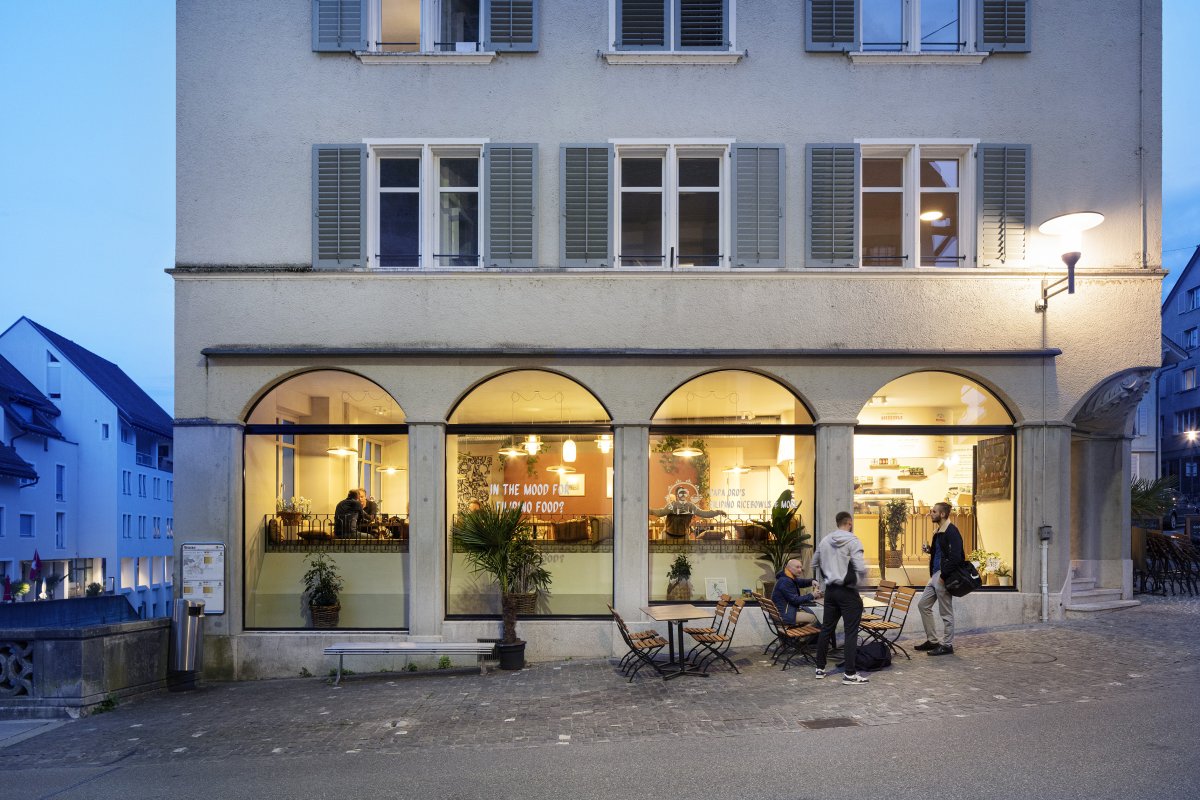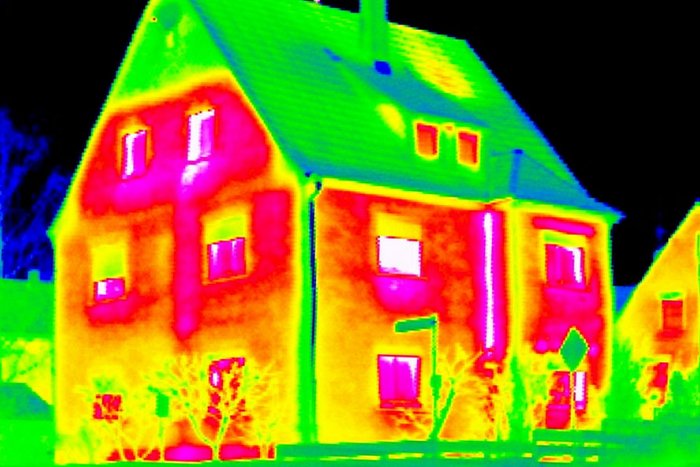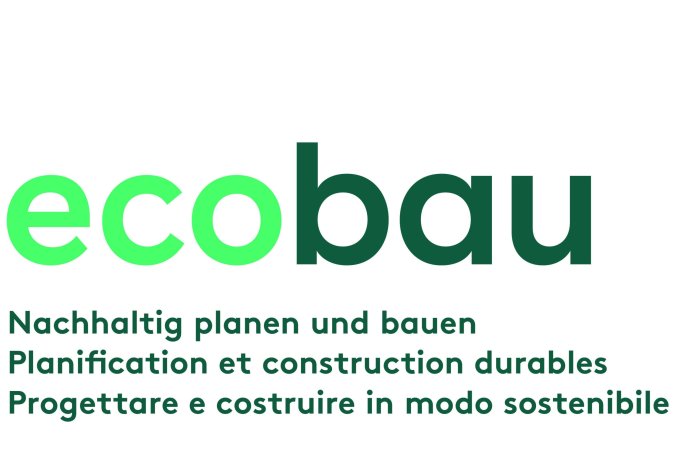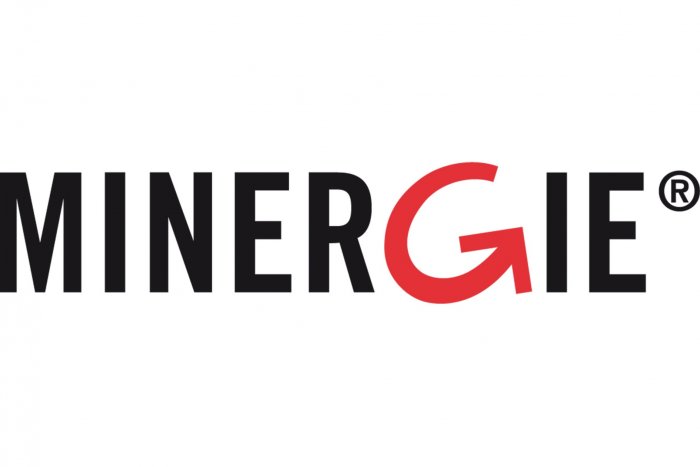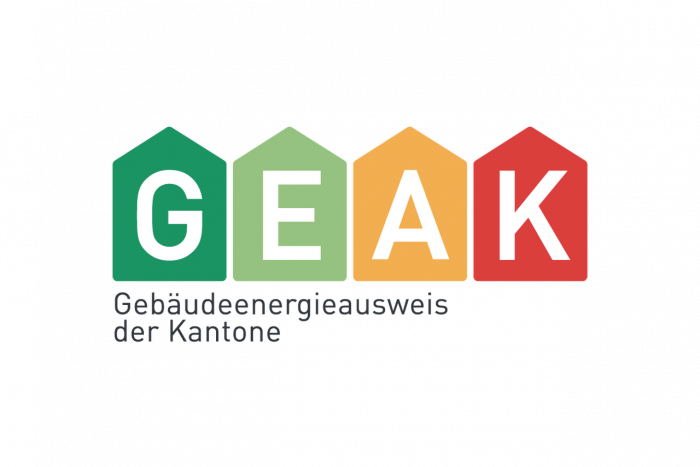In Switzerland, the building sector is responsible for around 25 to 30% of CO₂ emissions, with the majority coming from heating with fossil fuels. At the same time, it takes 30 to 40 years for a replacement new build to offset the emissions of a carefully renovated, fossil-free heated historic building.
Our goal is to substantially reduce the CO₂ emissions of residential buildings by eliminating the use of fossil primary energy sources and preserving existing building fabric through repair, adaptation and energy optimisation. With targeted interventions we create long-term flexibility of use, enable selective densification and contribute to the sustainable transformation of the building stock.


